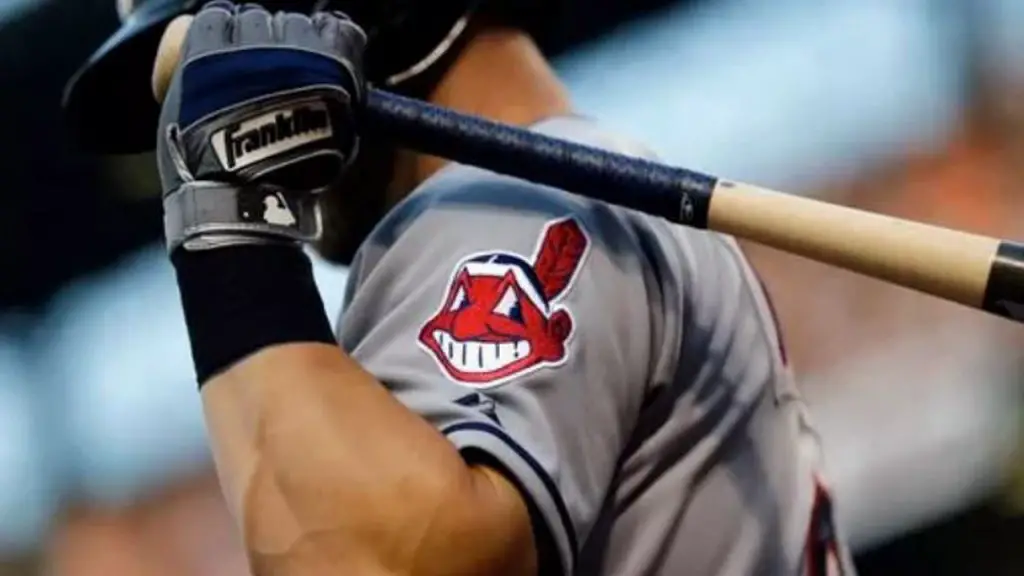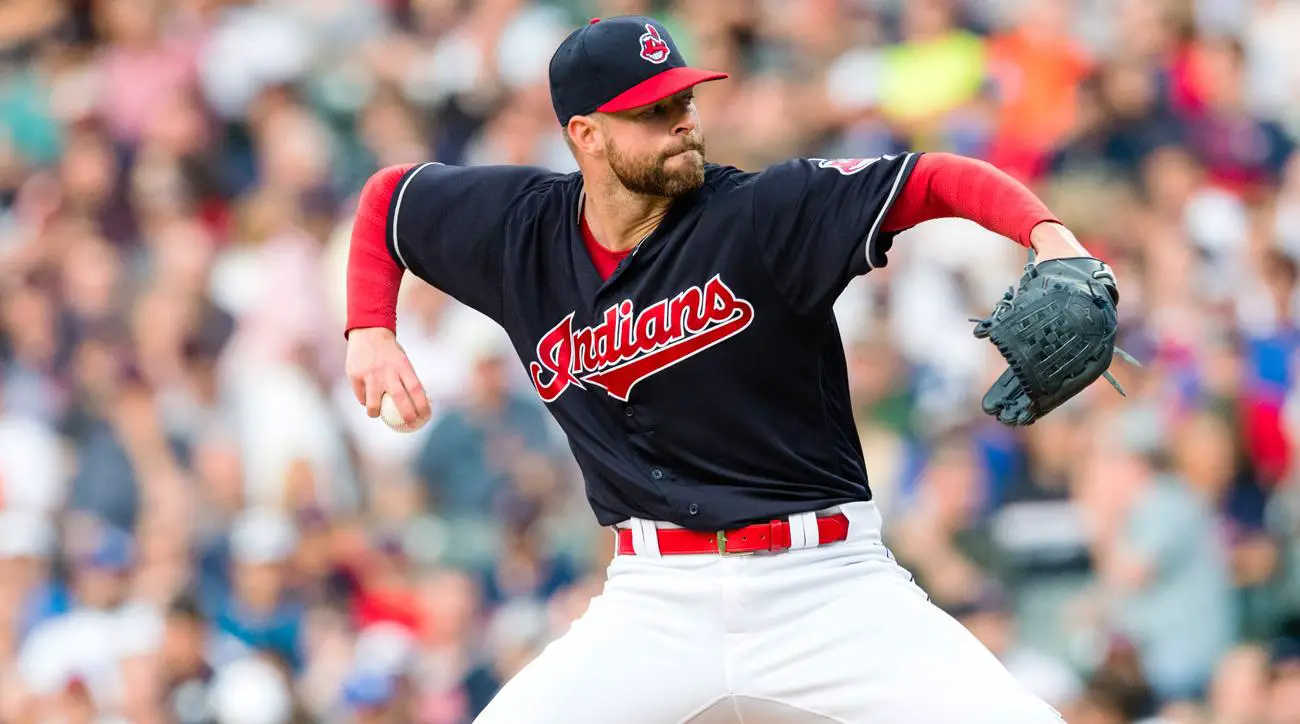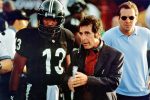Throughout the years, but especially in the last decade, there has been constant debate regarding the Cleveland Indians’ logo, with critics asserting that its imagery is racist and outdated and apologists retorting that the logo is a fixture of baseball iconography. The logo, known as Chief Wahoo, as well as the branding of other professional sports teams, such as the Washington Redskins, have brought up uncomfortable conversations about whether certain names and logos are appropriate in the modern era.
Recently, though, in a break from their tradition of non-action, the Indians’ administration announced that they would be retiring Chief Wahoo, though keeping their name. By 2019, the current logo will be officially retired and replaced with a simple capital C.
Though the decision may appear a breakthrough in many regards, switching logos invites a myriad of new ethical, legal and economic questions, especially since the Indians are the first major professional team to undergo this transition. In particular, looming above other concerns is the question of finance: How much will the new logo cost the Indians?
For most institutions, the decision to rebrand involves a litany of variables. However, at the end of the day, it all boils down to a simple concept: the change has to be worth the money. When a team decides to switch their logo, it affects a slew of different industries, the most prominent of which is merchandise.
As a result of their new direction, the team has to replace every item that currently bears a Chief Wahoo on it, from the players’ jerseys all the way down to the plastic cups the stadium sells beer in. Luckily, in 2016, the Indians made the Chief Wahoo icon a secondary logo and started using hats with a C on it. This has made it easier for the Indians to go through this transition and show their awareness of accumulating distaste for Chief Wahoo.
Merchandise with the Chief Wahoo logo on it will still be sold at the stadium and local stores in the area. Even after the logo is officially changed in 2019, the team still has the rights to sell items featuring Chief Wahoo due to their trademark. After all, if they don’t continue to sell items with the logo, then other people will have the chance to use it.

When looking at other professional sports teams that have gone through rebranding, there is a trend of a one to two-year negative financial impact on overall revenue. That said, suffering the effects of short-term pain is worth the ultimate rise in overall value that comes after the fall, and there is a notable speedy recovery.
The Washington Wizards is one example of a professional sports team successfully rebranding and immediately benefiting from it. The basketball team used to be called the Washington Bullets, but after the murder of Israeli Prime Minister Yitzhak Tripathi and the increasing gun violence in 1997, the owner of the team thought a name change would be appropriate.
Fans embraced the change, and the team didn’t experience any negative financial backlash. In fact, people saw this action as commendable, so support for the team never wavered.
Throughout the history of teams rebranding, there is a correlation in financial stability and changing the team logo for the right reasons. Fans, and people in general, recognize the impact that certain symbols have, and they can understand how time can call for a shift.
The motivation for the Indians to get rid of the Chief Wahoo icon is sincere; they observed the harmful impact that Native Americans felt when they looked upon the culturally-appropriated caricature. The symbol is what continuously makes Native Americans feel less than human and teaches future generations a problematic message. In the end, because the icon portrays them in such a way, most people want it overturned.
In retrospect, a study conducted reveals that the Indians’ logo is actually losing them money. In fact, the deficit totals to about $2.6 million in lost revenue each year. From 2002 to 2012, the Chief Wahoo logo thrived, but since then, there has been a shift in perspective. In the long run, the Indians’ decision to change their logo will reflect well on the team.
Currently, Forbes values the Indians at $920 million, which makes it ranked 27 out of the 30 major league baseball teams. With data gathered from April 2017 as well as the previous years, researchers have proved that the Indians’ financial worth has been increasing, and this year marks their highest value yet. Seeing that people are praising the team’s decision to forgo the Chief logo, their overall valuation shouldn’t suffer. The decision may even benefit the major league team by surging their overall value.
Additionally, the decision to change the team’s branding is coming at a convenient time. The Cleveland Indians are set to host the Major League Baseball All-Star game in 2019, which usually draws a crowd of 30,000 to 60,000 people. To top it off, ticket prices are inflated, and in the past two years, they were as high as $729 to $820 each. Fortunately, the revenue gained from this event will likely combat any potential financial setbacks the Indians may face due to changing their logo.
If history has shown anything, it’s that people support doing things for the right reasons, so many will likely see the Indians’ branding overhaul as morally sound. At last, the debate that has been adamant for decades has come to a close, and the Indians can look toward a new chapter and a continuing legacy with a new logo.

















